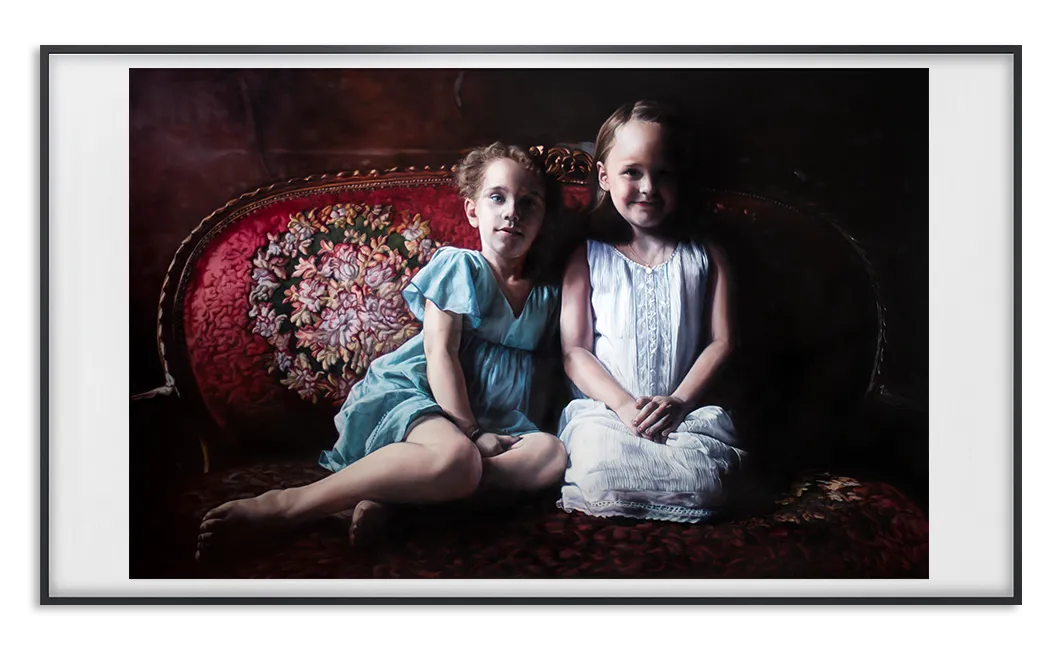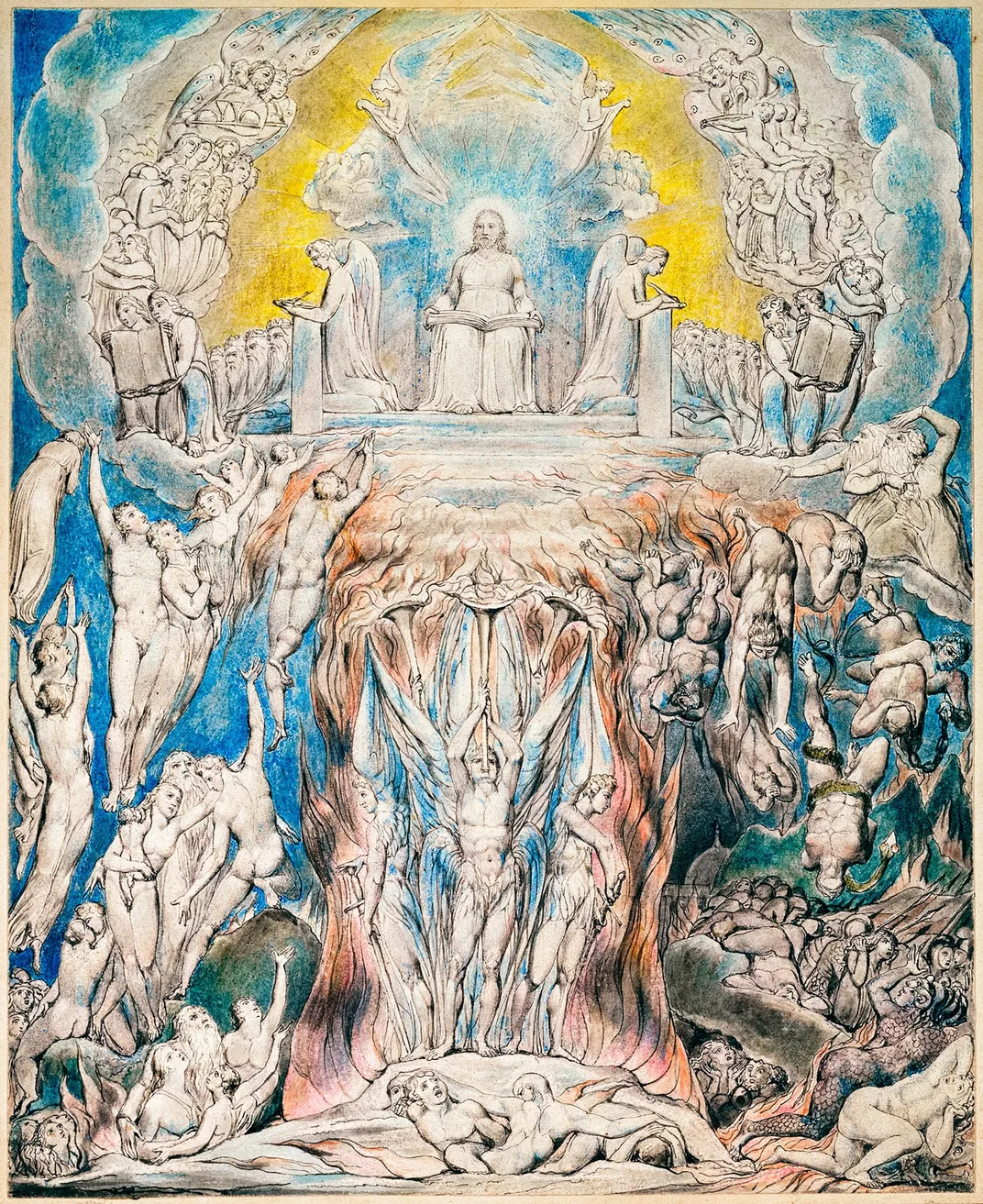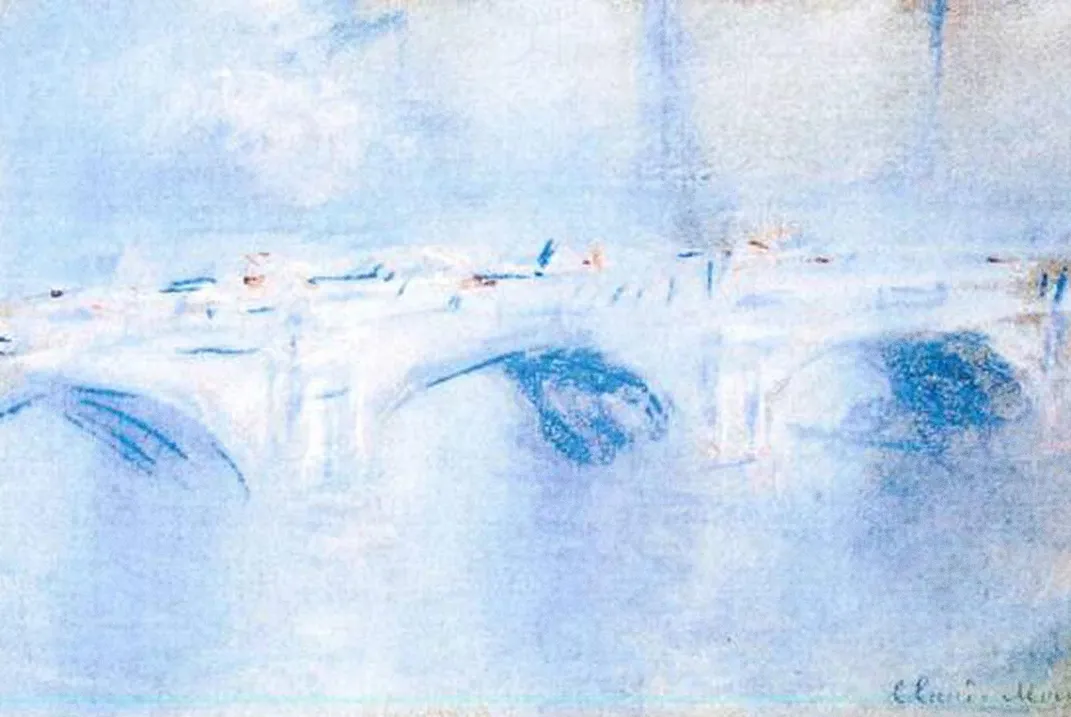Virtual Museum of Lost Art Asks Visitors to Help Track Down Missing Masterpieces
A new online exhibition revisits the fate of stolen or vanished paintings by the likes of van Gogh, Monet and Cézanne
:focal(998x499:999x500)/https://tf-cmsv2-smithsonianmag-media.s3.amazonaws.com/filer/cf/cc/cfcc063b-ae8e-4a99-aad7-2ea1d91f4a5d/screen_shot_2020-11-18_at_121109_pm.png)
In March, as much of the world went into lockdown due to the Covid-19 pandemic, thieves broke into the Netherlands’ shuttered Singer Laren museum and made off with a costly Vincent van Gogh landscape: The Parsonage Garden at Nuenen in Spring (1884). The audacious smash-and-grab raid shocked officials, and though ransom photos of the work later surfaced, the painting itself—a muted landscape dominated by grays and browns—has not yet been recovered.
Now, an online exhibition is encouraging anyone with a hunch regarding the whereabouts of van Gogh’s work to put forth their own hunches. In “Missing Masterpieces,” on view through February 10, 2021, audiences can explore high-resolution images of 12 well-known artworks that were stolen or have simply vanished over the years. Internet sleuths are encouraged to scour Reddit threads, news clippings and other corners of the internet for clues and send their theories to [email protected]. Per a statement, users can also post their ideas on social media using the hashtag #MissingMasterpieces.
Sponsored by electronics conglomerate Samsung, the exhibition is part of a marketing campaign for the company’s high-definition televisions, reports Kabir Jhala for the Art Newspaper. Art historian Noah Charney, founder of the Association for Research into Crimes Against Art (ARCA), curated the selection of works. He tells artnet News’ Naomi Rea that the so-called “impossible exhibition” is loosely based on his 2018 book, The Museum of Lost Art.
“Very few of these lost works are definitively lost, and the idea is that people can be more interactive and send in some tips or ideas about where the works might be,” Charney says. “Enough of these lost works resurface, often in very unexpected and surprising ways, that there is hope that some of these might be found again.”
Crowdsourcing has proven to be a valuable tool for art crime sleuths in the past.
“From contradictory media reports to speculation in Reddit feeds—the clues are out there,” Charney adds in the statement. “But the volume of information can be overwhelming. … It is not unheard of for an innocuous tip posted online to be the key that unlocks a case.”
Works in the exhibition include Paul Cézanne’s View of Auvers-sur-Oise (1879-80), which was stolen in true Hollywood fashion on New Year’s Eve 1999. That night, a professional burglar took advantage of celebratory fireworks to cut a hole into the roof of Oxford’s Ashmolean Museum and descend by rope, using their own smoke canister and a handheld fan to waft smoke and obscure security cameras’ view. All told, the thief made off with the $3.9-million Cézanne landscape in less than ten minutes, as John Ezard reported for the Guardian at the time.
Also featured in the exhibition is Chloe & Emma, a 2013 photorealistic oil painting by Barbora Kysilkova that was stolen from an Oslo gallery in April 2015. The thieves also stole the artist’s 2014 work Swan Song. Though the paintings were never recovered, Kysilkova went on to track down one of the culprits and paint his portrait—an experience recounted in a new documentary titled The Painter and the Thief.
One work in the exhibition was looted during wartime: Jacob Jordaens’ A Mythological Scene With a Young Bacchus, which was stolen from Poland during World War II. Other featured paintings were lost in the shuffle of time. William Blake’s monumental Last Judgment, for instance, was slated to star in a 1810 exhibition but disappeared after the show was canceled.
Famous artworks can be tricky to sell on the black market. Rather than offloading artworks directly, thieves often use stolen paintings to barter for other illegal goods, Charney tells Euronews’ Luke Hurst. In the case of van Gogh’s Parsonage, authorities believe that the work is being used as collateral in the criminal underworld, artnet News reports.
Andreas Blühm, director of Groninger Museum, which loaned the painting to the Singer Laren in March, says that continued attention to the painting’s plight can only help.
As he tells artnet News, “I don’t really know yet, but I hope that any kind of publicity will help keep the memory of the painting and thus the painting itself alive.”
“Missing Masterpieces” is on view virtually through February 10, 2021.
/https://tf-cmsv2-smithsonianmag-media.s3.amazonaws.com/accounts/headshot/nora.png)



/https://tf-cmsv2-smithsonianmag-media.s3.amazonaws.com/accounts/headshot/nora.png)